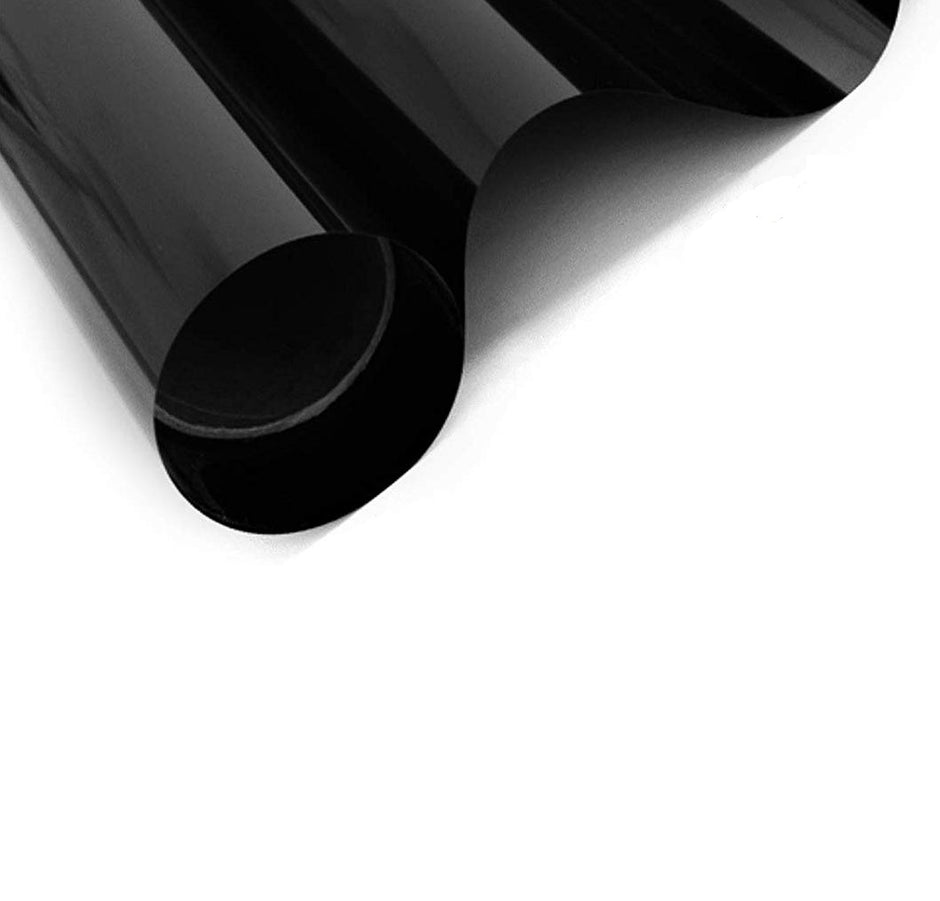Please note that this is a very rough and basic guide, each install is slightly different and you'll need to adapt your install technique to suit.
Title: A Step-by-Step Guide on How to Install Vehicle Window Tint
Introduction
Vehicle window tinting not only adds style to your car but also provides several practical benefits, including UV protection, reduced glare, and enhanced privacy. While professional installation is always an option, installing window tint yourself can be a rewarding DIY project if you follow the right steps and have the necessary tools. In this comprehensive guide, we'll walk you through the process of installing vehicle window tint, including heat shrinking for curved back windows, from preparation to the finishing touches.
Materials and Tools You'll Need:
Before you begin, gather all the materials and tools necessary for the job:
- Window tint film
- Spray bottle with soapy water solution
- Squeegee or tint applicator
- Razor blade or sharp utility knife
- Heat gun or hairdryer
- Clean, lint-free microfiber cloths
- Blue painter's tape
- Dust-free workspace
Step 1: Prepare the Windows
Proper preparation is key to a successful window tint installation:
- Start by cleaning the window surfaces both inside and out. Use a glass cleaner or a mixture of water and isopropyl alcohol to remove dirt, grease, and residue.
- Ensure the windows are completely dry before moving on to the next step.
Step 2: Measure and Cut the Tint Film
Measure the dimensions of the window you intend to tint, leaving some extra film around the edges for adequate coverage. Use a sharp utility knife or a razor blade to cut the tint film according to your measurements. Precision during this step is essential to avoid waste and ensure neat edges.
Step 3: Apply the Tint Film
Here's how to apply the window tint film:
- Begin by spraying the window with a soapy water solution. This will help you slide the film into position and prevent it from sticking prematurely.
- Carefully peel off the backing from the tint film.
- Position the film on the inside of the window, starting at the top. Allow some excess film to hang over the top edge.
- Use a squeegee or a tint applicator to press the film onto the window, starting from the center and working outward. This will help remove any air bubbles and ensure a smooth, even application.
- Smooth out the entire surface of the film.
Step 4: Heat Shrinking for Curved Back Windows
For curved back windows, the heat shrinking technique is crucial to achieve a perfect fit:
- After laying it to the outside of your car window, leave the excess film hanging over the edges.
- You will need to apply a thin layer of fabric softener so the window holds on to the tint while you heat and push out any crease.
- Use a heat gun or hairdryer to gently heat the film, starting from the center and working your way outward.
- As the film softens due to the heat, carefully use your hand or a soft squeegee to press it against the curve of the window. This will help the film conform to the curvature.
- Continue to heat and smooth the film until it adheres properly to the curved surface.
Step 5: Trim Excess Film
Trim the excess film using a razor blade or utility knife, following the edge of the window frame. Be precise during this step to achieve clean, professional-looking edges.
Step 6: Final Touches
After the tint is applied and smoothed, use a clean, lint-free microfiber cloth to wipe away any remaining moisture or bubbles. Ensure that the edges of the film are securely adhered to the glass.
Step 7: Allow Drying Time
The window tint film will take some time to fully cure and adhere to the glass. Keep the windows rolled up and avoid rolling them down for at least a few days, as this could disrupt the curing process.
Conclusion
Installing window tint on your vehicle's windows can be a satisfying DIY project when done correctly. With proper preparation, the right materials, and careful attention to detail, you can achieve a professional finish that provides privacy, UV protection, and enhanced style. Remember to check local regulations for window tint darkness limits and always prioritize safety and visibility when choosing the level of tint for your car. Enjoy the benefits of your newly tinted windows, including the professionally heat-shrunk curved back windows!



